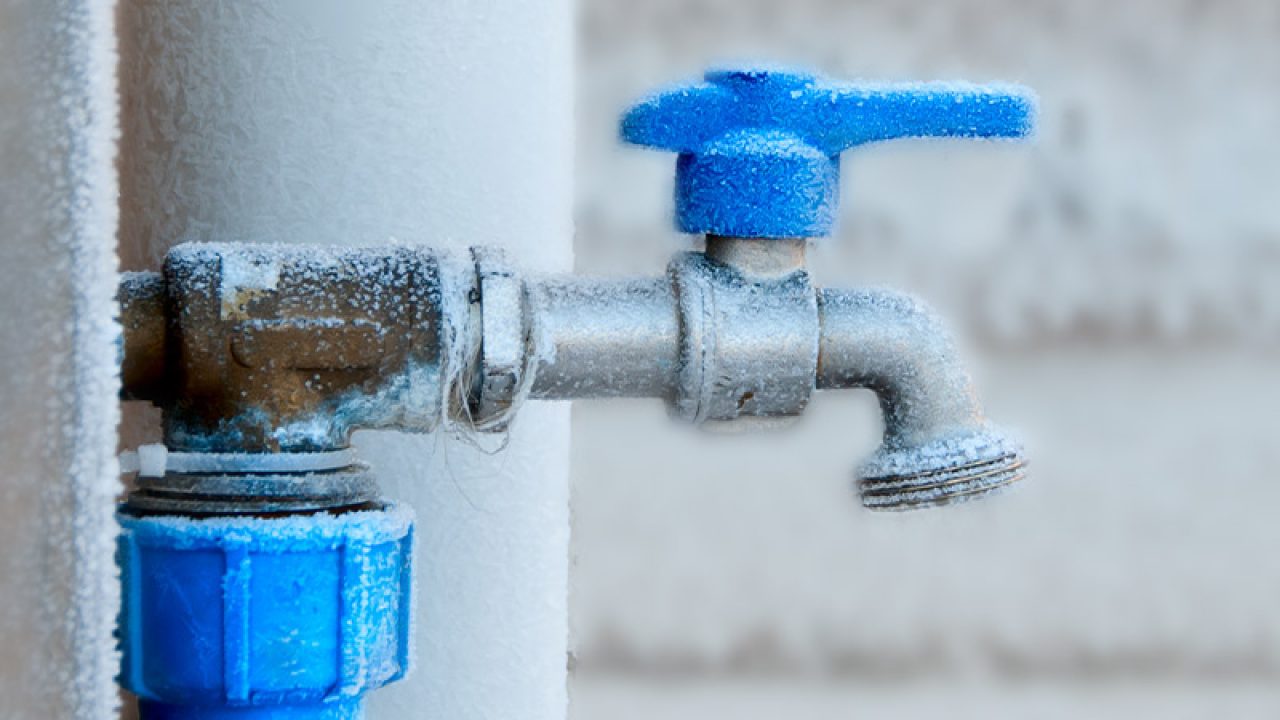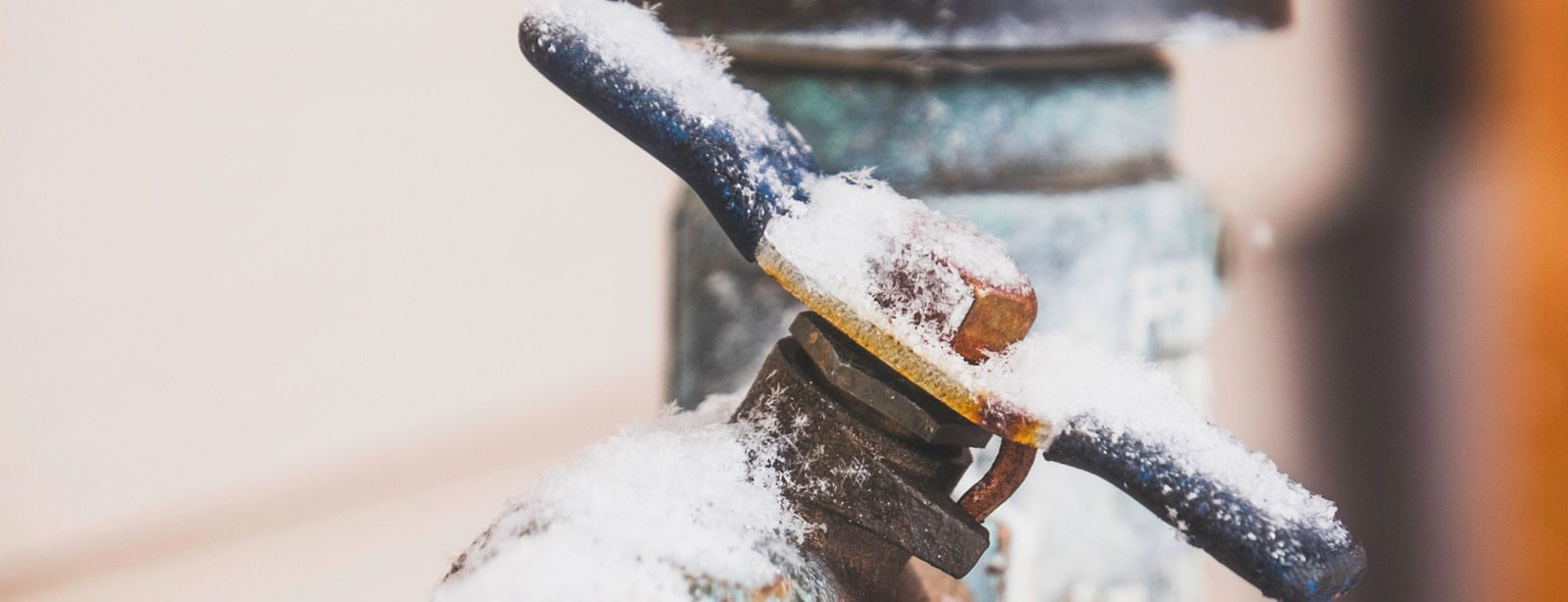Ways to Protect Pipes from Freezing: Expert Tips
Ways to Protect Pipes from Freezing: Expert Tips
Blog Article
The content below in relation to How To Avoid Freezing Pipes is without a doubt intriguing. You should check this stuff out.

Winter can ruin your plumbing, especially by freezing pipelines. Here's exactly how to stop it from happening and what to do if it does.
Introduction
As temperatures decrease, the threat of icy pipes boosts, possibly bring about pricey fixings and water damage. Comprehending how to avoid frozen pipes is important for house owners in cool environments.
Comprehending Frozen Pipes
What creates pipes to ice up?
Pipes ice up when exposed to temperature levels listed below 32 ° F (0 ° C) for prolonged durations. As water inside the pipes freezes, it broadens, taxing the pipeline walls and potentially creating them to rupture.
Threats and problems
Icy pipes can result in water supply disruptions, residential or commercial property damages, and expensive repair work. Burst pipes can flooding homes and create extensive structural damages.
Signs of Frozen Pipeline
Recognizing frozen pipelines early can avoid them from bursting.
Just how to identify icy pipes
Search for lowered water flow from faucets, unusual odors or sounds from pipelines, and noticeable frost on subjected pipelines.
Prevention Tips
Insulating prone pipes
Wrap pipes in insulation sleeves or make use of warm tape to secure them from freezing temperature levels. Concentrate on pipelines in unheated or outside areas of the home.
Home heating techniques
Maintain indoor spaces sufficiently heated, specifically areas with plumbing. Open up cupboard doors to permit cozy air to flow around pipelines under sinks.
Shielding Outside Pipes
Garden pipes and exterior faucets
Separate and drain pipes garden hoses before winter season. Set up frost-proof faucets or cover outside taps with insulated caps.
What to Do If Your Pipelines Freeze
Immediate activities to take
If you think frozen pipelines, keep taps open up to soothe stress as the ice thaws. Use a hairdryer or towels soaked in warm water to thaw pipes gradually.
Long-Term Solutions
Architectural adjustments
Think about rerouting pipelines away from outside wall surfaces or unheated locations. Include additional insulation to attics, cellars, and crawl spaces.
Upgrading insulation
Buy top notch insulation for pipelines, attic rooms, and walls. Proper insulation assists maintain regular temperature levels and lowers the risk of icy pipes.
Conclusion
Protecting against frozen pipelines requires aggressive measures and fast actions. By comprehending the causes, indications, and preventive measures, homeowners can protect their pipes throughout cold weather.
5 Ways to Prevent Frozen Pipes
Drain Outdoor Faucets and Disconnect Hoses
First, close the shut-off valve that controls the flow of water in the pipe to your outdoor faucet. Then, head outside to disconnect and drain your hose and open the outdoor faucet to allow the water to completely drain out of the line. Turn off the faucet when done. Finally, head back to the shut-off valve and drain the remaining water inside the pipe into a bucket or container. Additionally, if you have a home irrigation system, you should consider hiring an expert to clear the system of water each year.
Insulate Pipes
One of the best and most cost-effective methods for preventing frozen water pipes is to wrap your pipes with insulation. This is especially important for areas in your home that aren’t exposed to heat, such as an attic. We suggest using foam sleeves, which can typically be found at your local hardware store.
Keep Heat Running at 65
Your pipes are located inside your walls, and the temperature there is much colder than the rest of the house. To prevent your pipes from freezing, The Insurance Information Institute suggests that you keep your home heated to at least 65 degrees, even when traveling. You may want to invest in smart devices that can keep an eye on the temperature in your home while you’re away.
Leave Water Dripping
Moving water — even a small trickle — can prevent ice from forming inside your pipes. When freezing temps are imminent, start a drip of water from all faucets that serve exposed pipes. Leaving a few faucets running will also help relieve pressure inside the pipes and help prevent a rupture if the water inside freezes.
Open Cupboard Doors
Warm your kitchen and bathroom pipes by opening cupboards and vanities. You should also leave your interior doors ajar to help warm air circulate evenly throughout your home.

Hopefully you liked our article on Winter Plumbing Precautions: Preventing Frozen Pipes. Thanks so much for taking time to browse our short article. Those who enjoyed reading our blog post kindly be sure to pass it around. I am grateful for your time. Revisit us soon.
Call Today Report this page